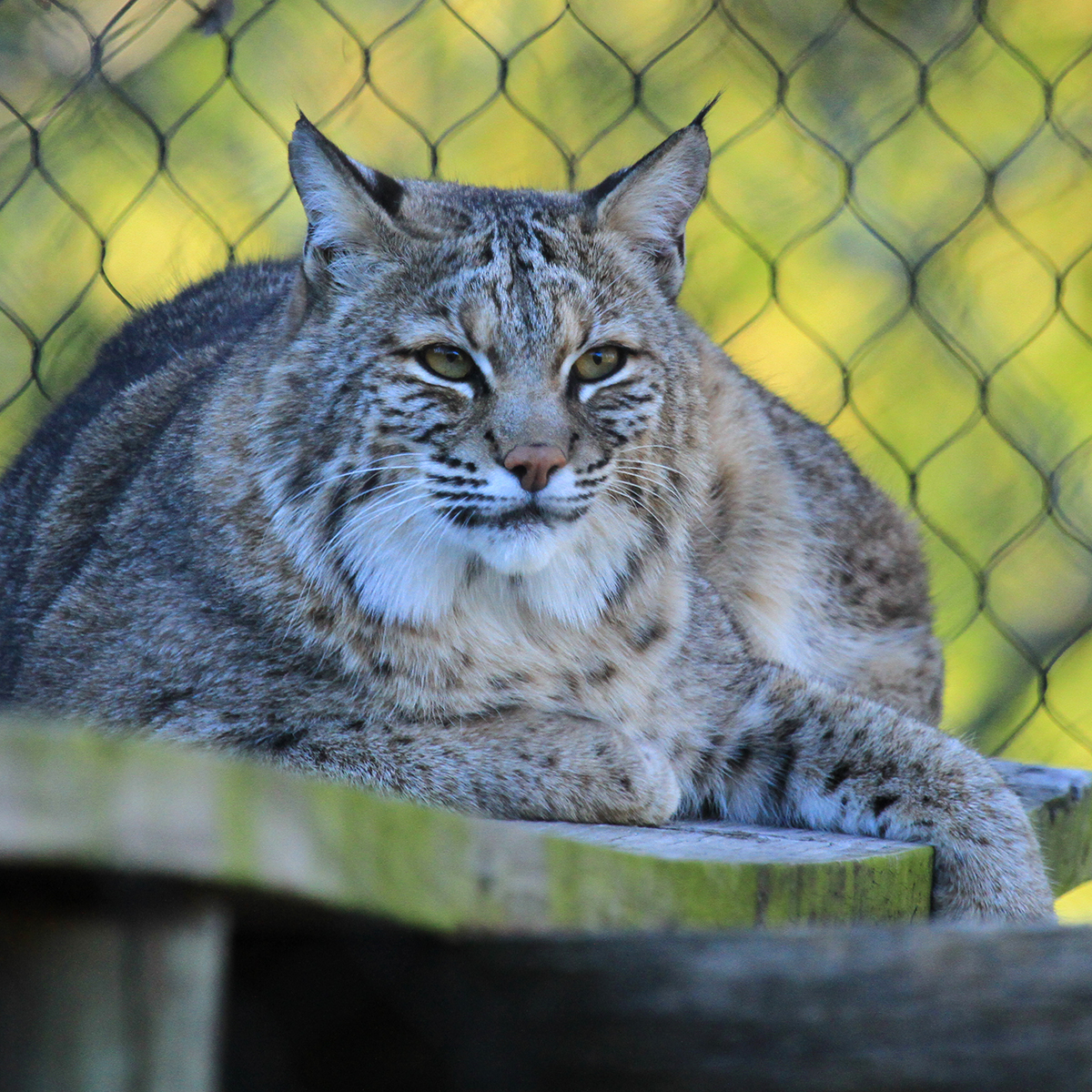- Understanding the biology and behavior of bobcats, focusing on their climbing abilities and adaptability.
- The significance of perching behaviors in bobcats and other wild cats.
- The role of zoos and wildlife reserves in conserving bobcat populations.
- The impact of environmental changes on bobcat habitats and their implications for conservation efforts.
- Techniques and strategies employed in wildlife conservation to protect bobcats.
Bobcats (Lynx rufus) are one of the most intriguing members of the wild cat family. They are medium-sized carnivores found across North America, notorious for their stealth, adaptability, and nocturnal habits. Let’s delve into the first aspect of bobcats—their biology and behavior—focusing particularly on their exceptional climbing skills that enable them to find unusual perches, such as tree branches, for an afternoon nap.
Bobcats are solitary creatures, characterized by a keen sense of hearing and an acute vision. They primarily hunt small mammals, birds, and reptiles. Their anatomy is well-suited for such predatory activities; they have powerful, muscular limbs, retractable claws, and a spotted coat that provides exceptional camouflage. Despite being ground predators, bobcats exhibit impressive climbing skills. This versatility aids them in hunting and escaping threats, as well as finding safe resting places.
These cats are part of the Felidae family, sharing ancestry with larger cats. Like their larger relatives, they are excellent climbers. Muscular hind limbs, in particular, allow them to leap and climb with ease. This ability is crucial not only for hunting and escaping predators but also for establishing territories and finding suitable vantage points for rest. Climbing behaviors are particularly fascinating because they demonstrate bobcats’ adaptability to diverse environments, ranging from dense forests to rocky deserts.
A significant behavior observed in bobcats involves their choice of perching spots. Perching allows these cats to survey surroundings, rest safely away from predators, and maintain a low profile while being in a vantage point for potential prey. In a zoo setting, understanding and replicating such behaviors in habitat design can enrich the lives of these animals, promoting natural behaviors that contribute to their psychological and physical wellbeing. It’s a testament to their ability to adapt and thrive in various environments, highlighting the importance of space and environmental complexity in their habitats.
Zoos and wildlife reserves play an essential role in conserving bobcat populations. With their decreasing numbers due to habitat destruction and illegal hunting, conservationists have focused on protecting these animals. In these controlled environments, dedicated teams work to mimic individuals’ natural habitats and study their behavior and health. This work helps maintain a stable population and offers opportunities for public education. Conservation programs aim to increase awareness about bobcats and their ecosystems, emphasizing the necessity of protecting wild habitats from human encroachment.
Moreover, the impact of environmental changes on the habitats of bobcats has increasingly become a cause for concern. As urban development encroaches on their natural territories, bobcats face habitat fragmentation and diminished hunting grounds. Climate change further exacerbates these challenges, altering the ecosystems on which they depend. Conservationists emphasize the importance of protected areas and wildlife corridors that allow for safe passage and interbreeding opportunities, maintaining genetic diversity within the species.
In the context of wildlife conservation, various strategies are employed to protect bobcats. Initiatives range from habitat preservation and restoration projects to legislative efforts aimed at curbing poaching and illegal trade. Public awareness campaigns, research projects, and collaborations with governmental and non-governmental organizations form the backbone of these conservation efforts. Effective management and monitoring of populations in the wild, as well as in captivity, ensure that bobcat populations remain robust and resilient against threats.
While bobcats demonstrate an incredible capacity for adaptability, their survival hinges on human efforts to preserve and protect their natural environments. As these solitary animals find themselves navigating the world altered by human influence, collaborative and sustained conservation strategies become imperative. Through the combined efforts of scientific research, expert management, and public engagement, there is hope to secure a thriving future for the bobcat and the biodiversity of habitats they inhabit.
*****
Source Description
Look up! 👀 This bobcat has found the perfect perch for an afternoon nap.


